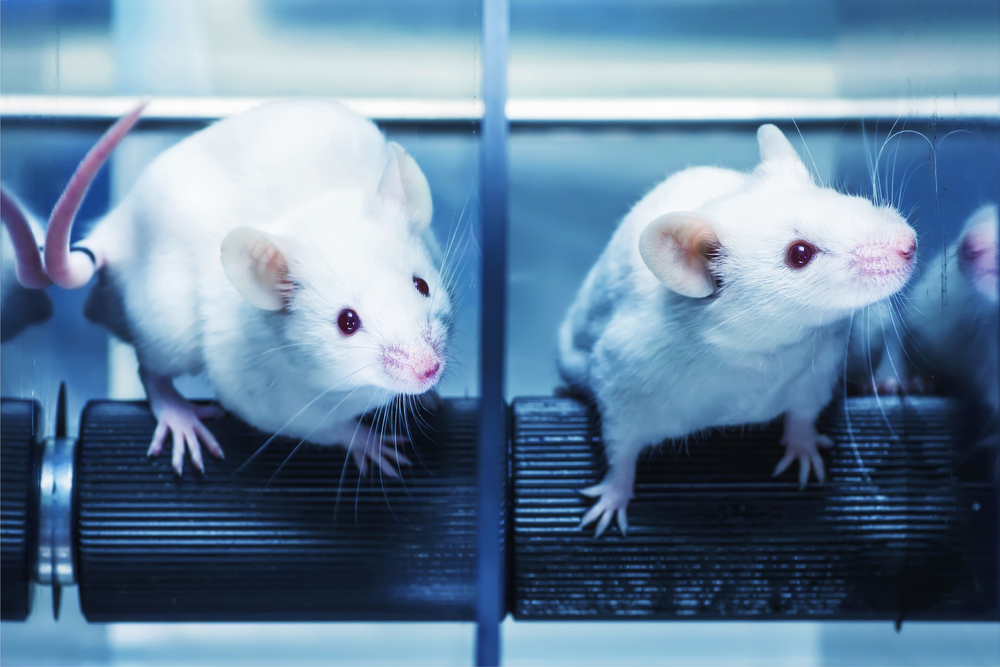#IARC2017 – MicroRNA Delivered to Brain Seen to Ease Neurological and Motor Problems in Machado-Joseph Mouse Model

Delivery of a small RNA molecule (microRNA), called let-7, directly into the brain rescued motor impairments in a mouse model of Machado-Joseph disease, researchers at Center for Neuroscience and Cell Biology in Coimbra, Portugal, reported at IARC 2017.
Their study, “Let-7 activates autophagy and alleviates motor and neuropathological deficits in pre- and post-symptomatic Machado-Joseph disease mouse models,” was part of Thursday’s presentations at the International Ataxia Research Conference underway in Pisa, Italy, through Sept. 30. Sónia Duarte delivered the research.
Machado-Joseph disease (MJD), also known as spinocerebellar ataxia type 3 (SCA3), is a dominantly inherited form of ataxia caused by a mutation in the Atxn3 gene. Specifically, the mutation consists of a CAG repeat expansion within the gene and, as with other ataxias, longer repeat expansions are linked to disease onset earlier in life and show a broader range of neurological symptoms.
MJD is a severe ataxia, with no treatments available that might halt disease progression.
Mutations in the Atxn3 gene lead to the accumulation of abnormal — misfolded — protein encoded by this gene, the ATXN3 protein in brain cells. As our cells are constantly producing new proteins, which sometimes go awry, they have developed mechanisms to clear misfolded proteins, one of which is called autophagy, an intracellular degradation system.
Scientists have already shown that impairments to autophagy pathways contribute to MJD progression. They also found that a small RNA molecule, called let-7 microRNA, was a potential regulator of autophagy in disorders characterized by expanded CAG repeats, collectively known as polyglutamine disorders.
In their study, the researchers used an MJD mouse model to investigated if let-7 represents a potential way of treating the disease.
Let-7 was administered to the mice, and analysis confirmed that let-7-enriched cells had increased autophagy. Moreover, after four weeks, mice treated with let-7 showed less neuronal dysfunction.
“This data suggest that let-7 has a neuroprotective role by preventing neurodysfunction,” Duarte said in her presentation.
Indeed, introducing let-7 directly into the cerebellum region of the brain significantly improved motor coordination and balance in treated mice.
“Let-7 mitigates neuropathological, balance and motor deficits in MJD mouse models,” Duarte said.
Taken together, these results suggest that “let-7 activates autophagy in the mammalian brain, promotes increased turnover of mutant ataxin-3 protein in mouse central nervous system, reduces neuronal dysfunction and ameliorates motor deficits. Therefore, autophagy activation mediated by let-7 may represent a new therapeutic approach for MJD,” the researchers concluded in the study.






